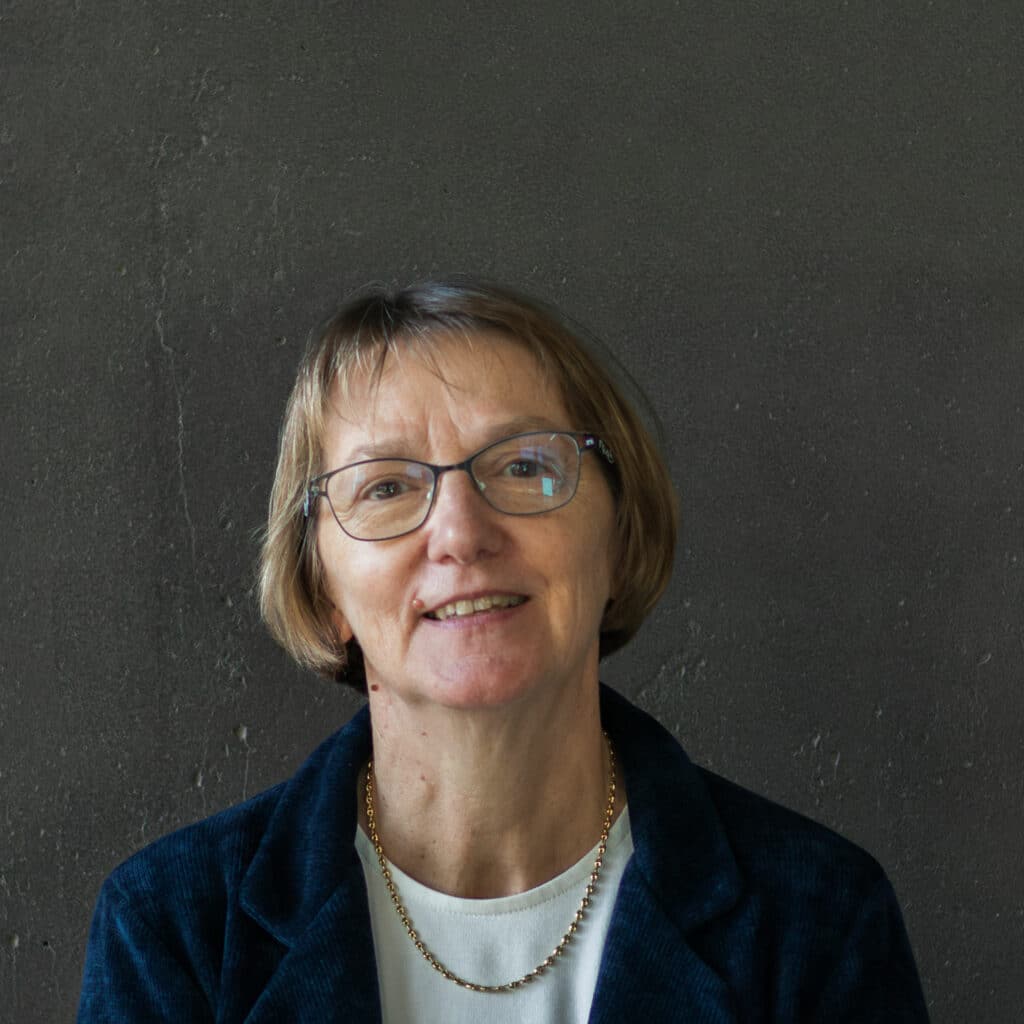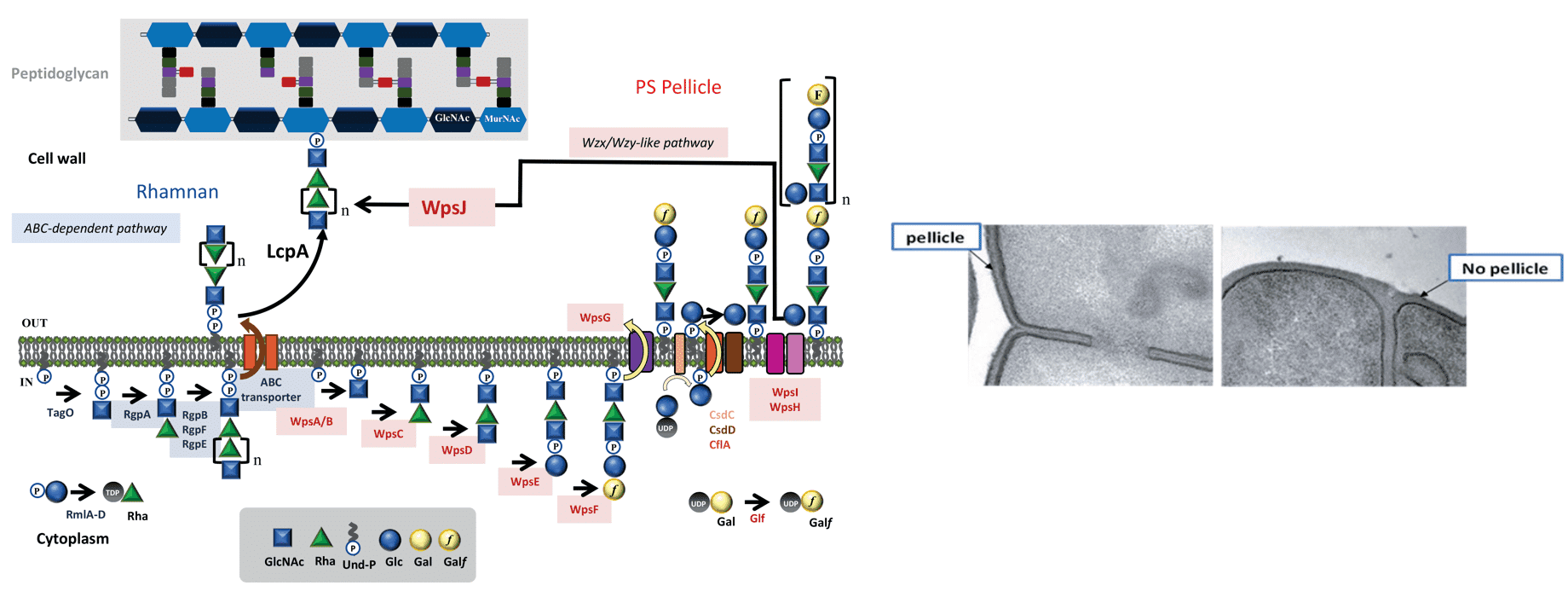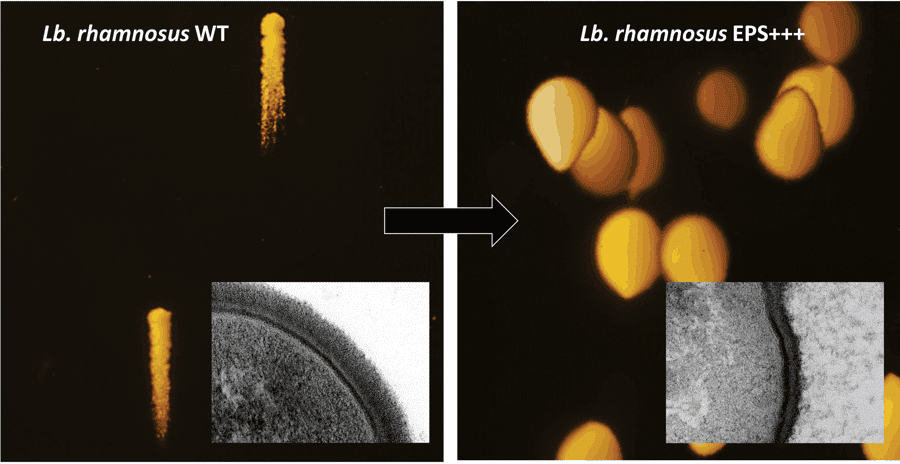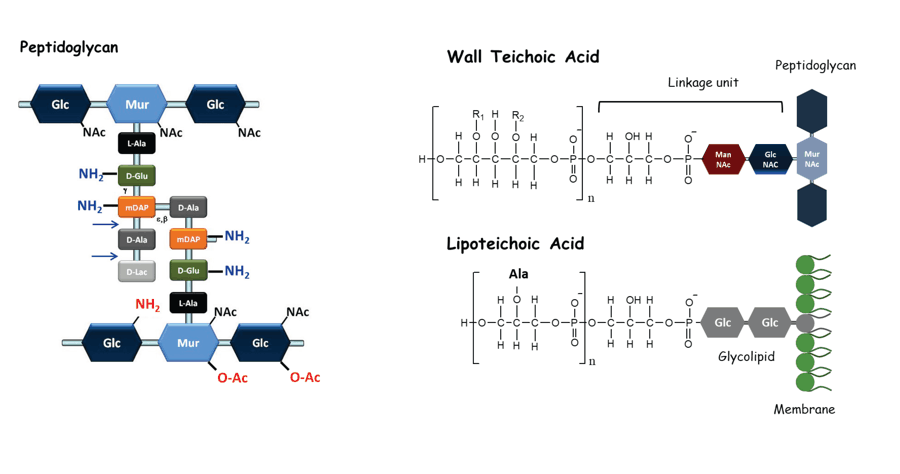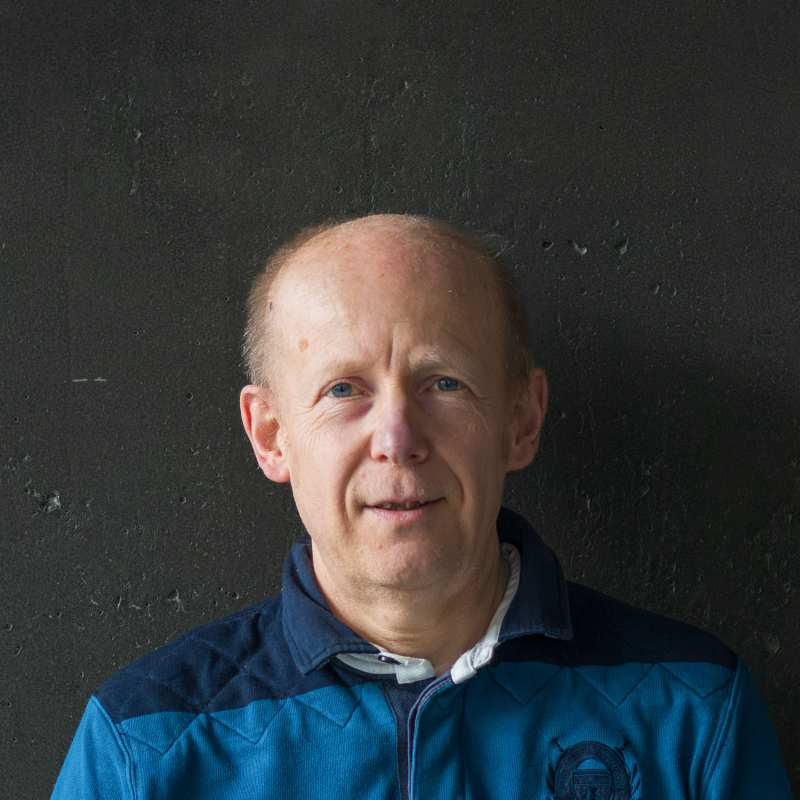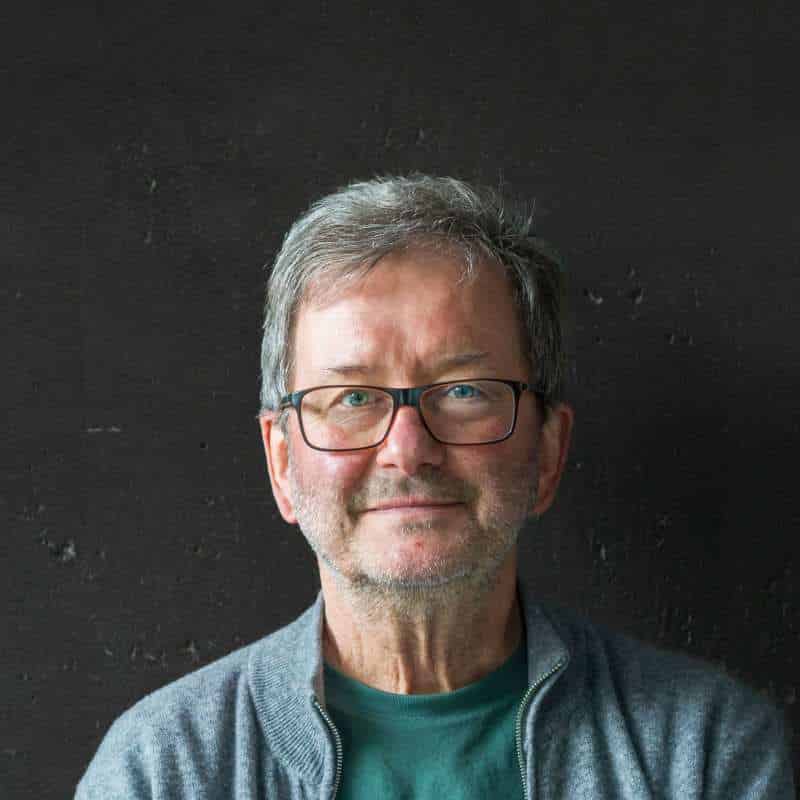- Guérin H, Kulakauskas S, Chapot-Chartier MP. (2022) Structural variations and roles of rhamnose-rich cell wall polysaccharides in Gram-positive bacteria. J Biol Chem. 298(10):102488.
- Guérin H, Quénée P, Palussière S, Courtin P, André G, Péchoux C, Costache V, Mahony J, van Sinderen D, Kulakauskas S, Chapot-Chartier MP. (2023) PBP2b Mutations Improve the Growth of Phage-Resistant Lactococcus cremoris Lacking Polysaccharide Pellicle. Appl Environ Microbiol. 89(6):e0210322.
- Bretagne D, Pâris A, Matthews D, Fougère L, Burrini N, Wagner GK, Daniellou R, Lafite P. (2024) J Biol Chem. ‘Mix and Match’ auto-assembly of glycosyltransferase domains delivers biocatalysts with improved substrate promiscuity.
- Nikolopoulos N, Matos RC, Ravaud S, Courtin P, Akherraz H, Palussière S, Gueguen-Chaignon V, Salomon-Mallet M, Guillot A, Guérardel Y, Chapot-Chartier MP*, Grangeasse C*, Leulier F*. (2023) Structure-function analysis of Lactiplantibacillus plantarum DltE reveals D-alanylated lipoteichoic acids as direct cues supporting Drosophila juvenile growth. Elife. 12:e84669.* co-corresponding authors
- Schwarzer M, Gautam UK, Makki K, Lambert A, Brabec T, Joly A, Šrůtková D, Poinsot P, Novotná T, Geoffroy S, Courtin P, Hermanová PP, Matos RC, Landry JJM, Gérard C, Bulteau AL, Hudcovic T, Kozáková H, Filipp D, Chapot-Chartier MP, Šinkora M, Peretti N, Boneca IG, Chamaillard M, Vidal H, De Vadder F, Leulier F. (2023) Microbe-mediated intestinal NOD2 stimulation improves linear growth of undernourished infant mice. Science. 379(6634):826-833.
- Martín R, Benítez-Cabello A, Kulakauskas S, Viana MVC, Chamignon C, Courtin P, Carbonne C, Chain F, Pham HP, Derrien M, Bermúdez-Humarán LG, Chapot-Chartier MP, Smokvina T, Langella P. (2023) Over-production of exopolysaccharide by Lacticaseibacillus rhamnosus CNCM I-3690 strain cutbacks its beneficial effect on the host. Sci Rep. 13:6114.
The complete list of our publications here.

